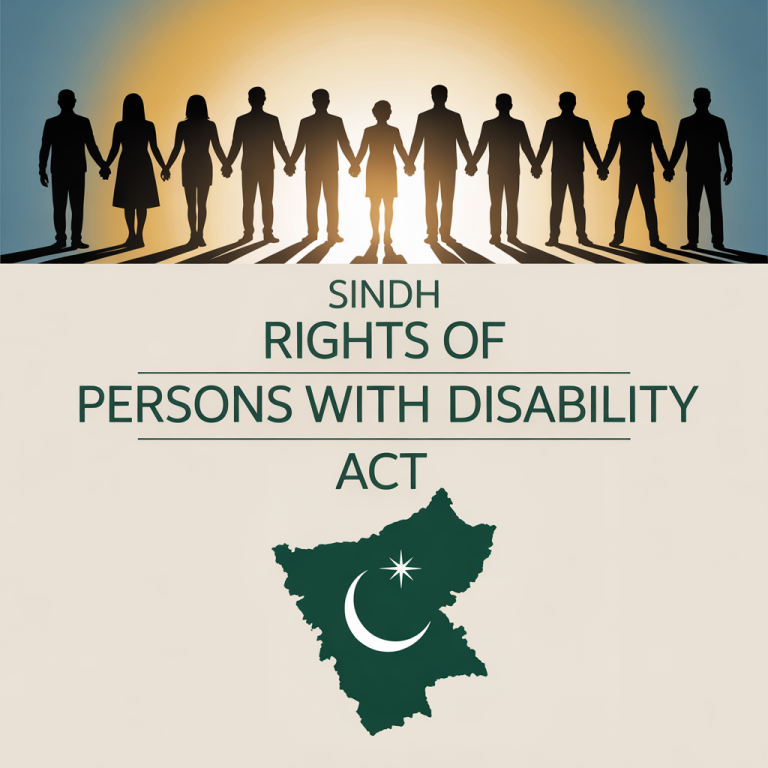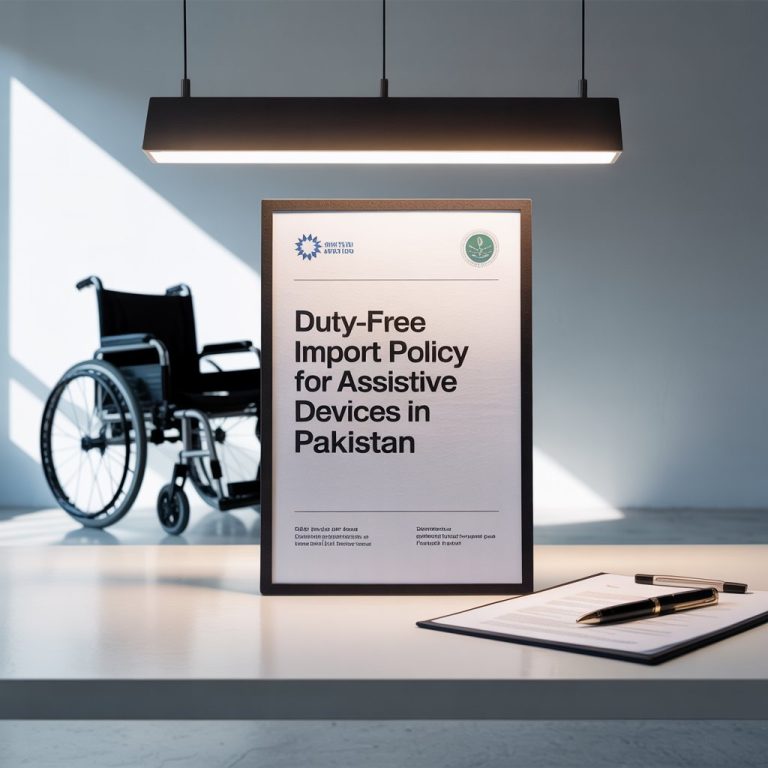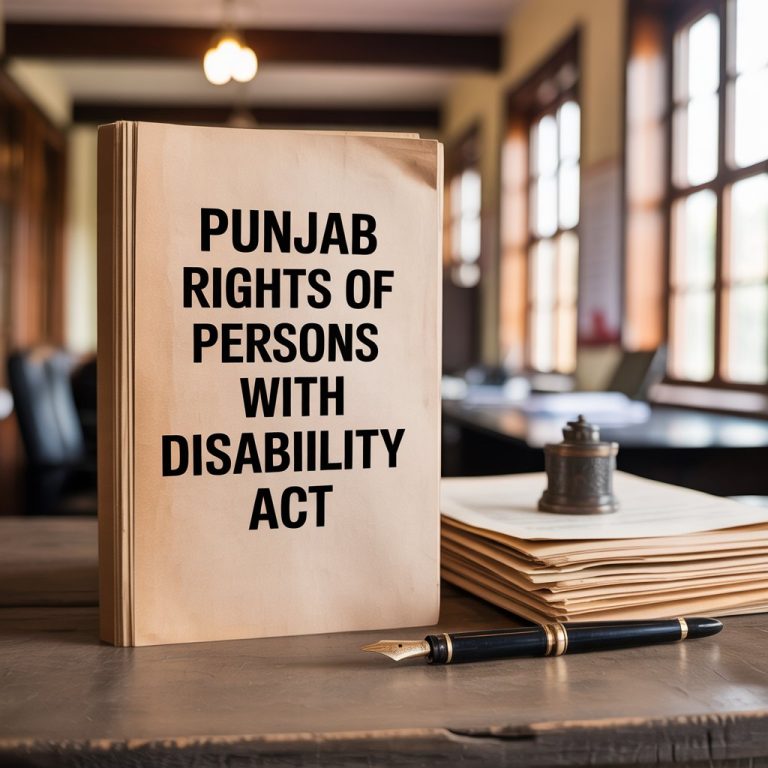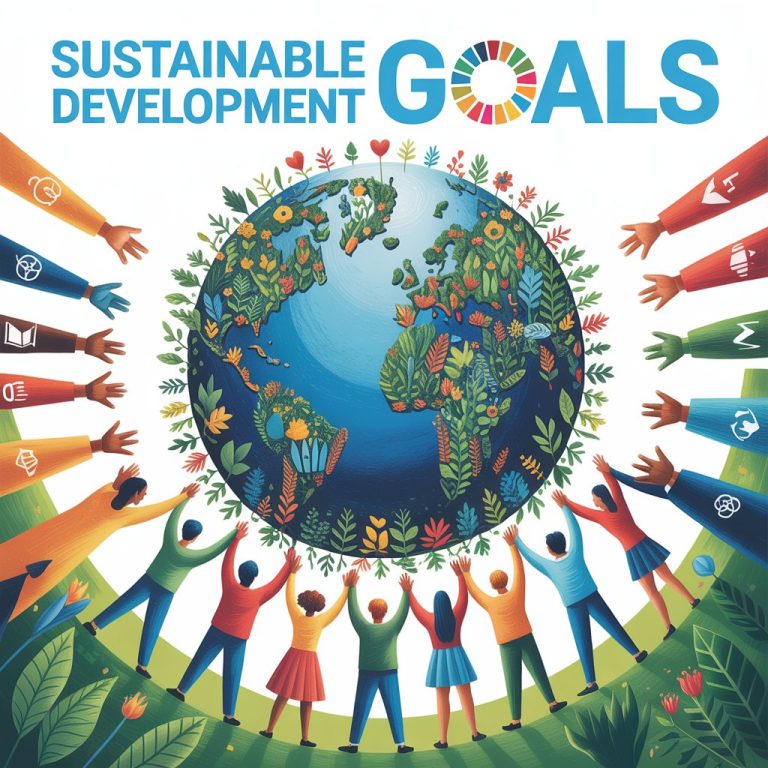Employment Policy for Persons with Disabilities in Pakistan
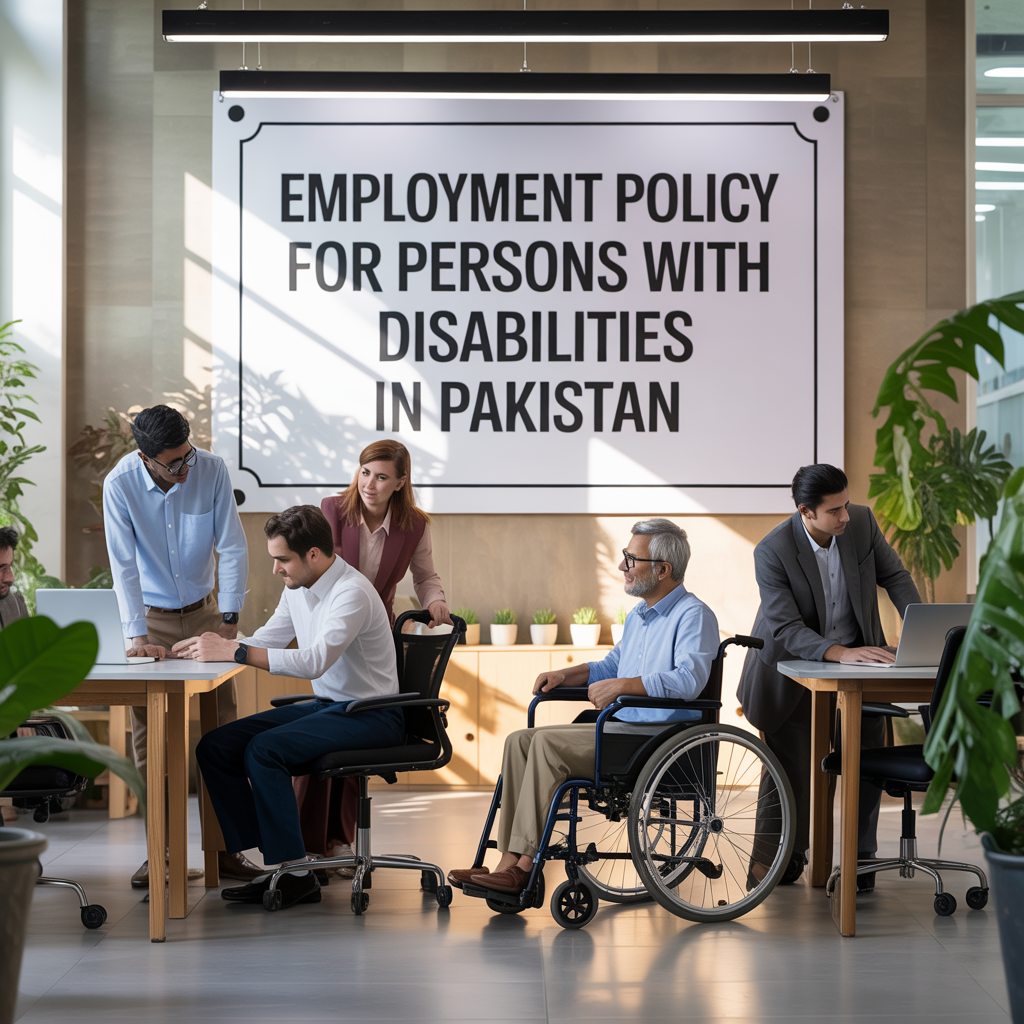
In the landscape of Pakistan’s labor and social inclusion, one area remains historically underserved yet fundamentally transformative—employment for persons with disabilities (PWDs). Despite a population of over 240 million, with at least 10–15% estimated to have some form of disability, economic inclusion for this group continues to lag behind. The Employment Policy for Persons with Disabilities in Pakistan aims to shift this dynamic from one of marginalization to empowerment.
Introduction to Disability and Employment in Pakistan
In Pakistan, most persons with disabilities face a triple burden: stigma, physical barriers, and economic exclusion. From inaccessible buildings to lack of digital tools and discriminatory hiring practices, PWDs struggle to find stable and dignified employment.
Key statistics:
- Nearly 80% of PWDs remain unemployed.
- Only a fraction benefit from existing employment quotas.
Understanding the Employment Policy for Persons with Disabilities in Pakistan
The core objective of the policy is to mainstream PWDs into the labor market by removing systemic barriers. It covers a wide range of initiatives—from job quotas and vocational training to legislative enforcement and awareness campaigns.
The policy echoes global trends, inspired by international frameworks like the UN Convention on the Rights of Persons with Disabilities (UNCRPD), especially Article 27, which affirms the right to work for all.
Legal Framework Supporting Disability Employment in Pakistan
The foundation lies in multiple instruments:
- Constitution of Pakistan: Guarantees equality under Article 25.
- UNCRPD (ratified in 2011): Aligns national laws with global norms.
- Domestic laws and ordinances: Provide actionable mechanisms.
Together, they constitute a multifaceted strategy for equal labor force participation.
Disabled Persons (Employment and Rehabilitation) Ordinance, 1981
This pioneering law introduced a job quota system for PWDs across federal and provincial levels, originally set at 1%, later increased in some regions.
Key features:
- Establishment of National Council for Rehabilitation
- Maintenance of disability employment records
- Allocation of job placement funds
However, enforcement has been inconsistent.
The ICT Rights of Persons with Disabilities Act, 2020
One of the more recent progressive legislations, this Act applies to the Islamabad Capital Territory and:
- Recognizes employment rights
- Penalizes workplace discrimination
- Mandates accessibility in recruitment processes
The Role of the UNCRPD in Shaping National Policy
Pakistan’s ratification of the UNCRPD necessitates alignment of all employment laws and policies with its principles. Article 27 specifically calls for:
- Right to gain a living by work freely chosen
- Prohibition of discrimination in employment
- Support for self-employment and entrepreneurship
Provincial Employment Policies and Disability Rights
Under the 18th Amendment, provinces have tailored policies:
Punjab:
- Increased quota from 2% to 3%
- Provincial Council on Rehabilitation of Disabled Persons (PCRDP)
Sindh:
- Sindh Empowerment of Persons with Disabilities Act, 2018
- Includes provisions for workplace accessibility
KP and Balochistan:
- Lagging behind in enforcement
- Advocacy for harmonized frameworks continues
Inclusion in Public Sector Employment
All federal ministries and departments are legally obligated to reserve positions for PWDs. While compliance varies, some ministries exceed their quotas, while others cite technical constraints.
Employment Quota System in Practice
Breakdown by region:
- Punjab: 3%
- Sindh: 5%
- Federal: 2%
Yet, actual employment often falls below these figures due to: - Lack of monitoring
- Employer bias
- Bureaucratic delays in certification
Challenges in Implementing Employment Policies
- Lack of Accessible Infrastructure
- Weak Institutional Coordination
- Insufficient Data on PWDs
- Limited Employer Sensitization
- Disjointed Vocational Training Programs
Private Sector and Disability Inclusion in the Workplace
Companies are slowly recognizing the value of diversity. Some MNCs and local giants have introduced:
- Inclusive hiring practices
- Diversity training
- Workplace accommodation policies
However, overall participation remains minimal.
Accessibility and Reasonable Accommodation at Work
Employers are encouraged—but not always mandated—to provide:
- Adjustable workstations
- Screen readers for the visually impaired
- Flexible hours or remote work options
These are often rare outside urban hubs.
Role of Social Welfare Departments
These departments:
- Issue disability certificates
- Connect PWDs with training centers
- Manage placement databases
Unfortunately, underfunding limits their outreach.
Vocational Training and Skill Development Programs
Agencies like TEVTA, NAVTTC, and STEP (by Milestone Society) offer:
- Tailored skills for IT, crafts, and services
- Internships and apprenticeship placements
- Soft skills and digital literacy
Employment Discrimination and Legal Remedies
PWDs face covert biases. Though laws exist, few cases are filed due to:
- Lack of legal awareness
- Cost and complexity of litigation
- Absence of independent disability tribunals
Judiciary and Disability Rights Enforcement
The judiciary has occasionally taken suo motu actions, compelling enforcement of quotas and directing access improvements in courts and public institutions.
Disability and Entrepreneurship in Pakistan
Self-employment offers a viable path for many. Organizations like PPAF and Akhuwat support:
- Microloans for business setup
- Mobile kiosks and e-commerce training
- Home-based entrepreneurial models
The Role of Disabled Persons Organizations (DPOs)
These community-based groups drive:
- Policy advocacy
- Legal literacy
- Job fairs and awareness campaigns
Examples include STEP, NOWPDP, and Pakistan Association of the Deaf.
International Organizations Supporting Disability Employment
Major players:
- ILO: Promotes decent work for all
- UNDP: Supports inclusive employment projects
- CBM and Handicap International: Offer grants, training, and policy support
Role of Media in Promoting Disability Employment Awareness
Media plays a double role:
- Raising visibility of rights
- Challenging stereotypes
Campaigns like #DisabilityIsNotInability have created traction on social media and TV.
Impact of COVID-19 on Employment for PWDs in Pakistan
While the pandemic worsened job insecurity, it also:
- Opened avenues for remote work
- Accelerated digital skilling
- Highlighted the digital divide
Digital Transformation and Remote Work for PWDs
Remote platforms like Fiverr, Upwork, and Rozgar.pk are being used by digitally literate PWDs for:
- Freelancing
- Telemarketing
- Online tuition
Yet digital accessibility remains a major hurdle.
Gender Dimensions of Disability Employment
Women with disabilities face double discrimination—for their gender and impairment. Tailored interventions, including women-only training centers, are gaining traction.
Youth with Disabilities and Transition to Employment
Young people transitioning from education to employment require:
- Career guidance
- Internship pipelines
- Campus-based support cells
Many universities now offer placement support through career services.
Monitoring and Evaluation of Disability Employment Policy
Tools for M&E:
- Quota compliance audits
- Annual reporting to Ministry of Human Rights
- KPIs like placement ratio and job retention
Gaps in implementation tracking persist.
Community-based Rehabilitation (CBR) and Employment
CBR centers integrate PWDs into local labor markets using:
- Village cooperatives
- Peer mentoring
- Family-business support systems
Public Awareness and Behavioral Change
Legal reforms are not enough without social acceptance. Public education campaigns are essential to dismantle entrenched stereotypes about work and disability.
Recommendations for Strengthening the Policy
- Establish independent Disability Rights Commissions
- Make accessibility compliance mandatory for all employers
- Introduce tax incentives for inclusive hiring
- Digitize disability registration and job-matching platforms
The Road Ahead: Vision 2030 and Beyond
Pakistan’s employment policy for PWDs must:
- Embrace innovation
- Align with SDG Goal 8 (Decent Work)
- Promote inclusive entrepreneurship
- Foster stronger global and regional partnerships
Conclusion: Enabling Environments for Economic Inclusion
Inclusion begins with access to livelihoods. Empowering persons with disabilities through employment is not charity—it’s smart policy. A more inclusive economy is a more productive, innovative, and resilient economy.
FAQs
What is the current employment quota for persons with disabilities in Pakistan?
It varies: 2% federally, 3% in Punjab, and 5% in Sindh.
How can a person with a disability apply for government jobs?
Through FPSC, PPSC, or direct department applications using a valid disability certificate.
Are employers legally required to provide reasonable accommodations?
Yes, under ICT Act 2020 and various provincial laws, but enforcement is still weak.
Is self-employment supported under the disability employment policy?
Yes, through microcredit programs and vocational training.
Which departments oversee employment for PWDs?
Primarily the Ministry of Human Rights and Provincial Social Welfare Departments.
What are common barriers to employment for PWDs in Pakistan?
Lack of infrastructure, discrimination, low digital access, and poor enforcement.
